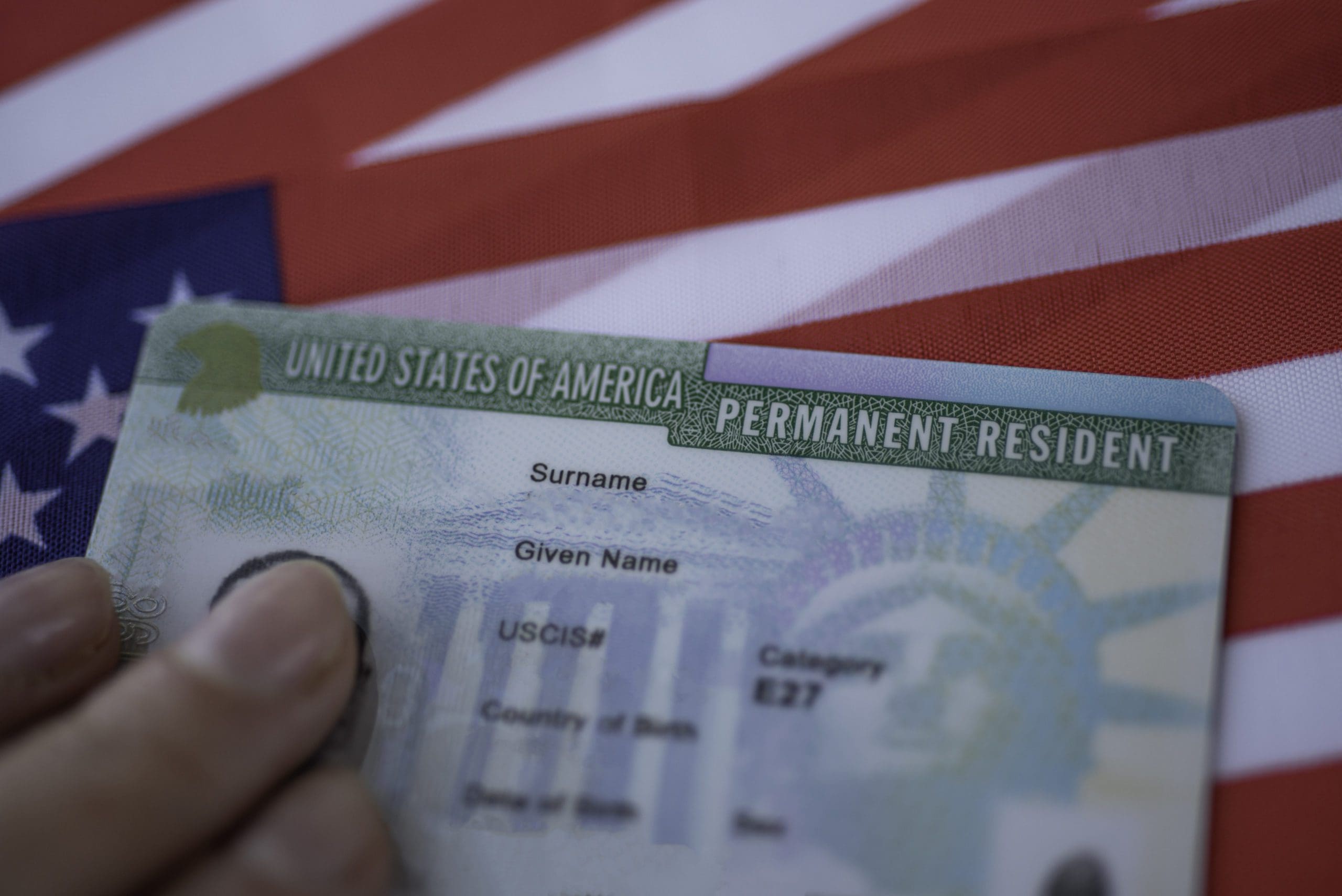Founders forming companies in 2026 face a tax environment reshaped by BEPS 2.0 and global minimum tax rules. The new framework narrows opportunities for pure tax arbitrage and pushes planning toward substance and operational efficiency. Early-stage businesses must map value creation to where teams, customers, and intellectual property actually sit. Choosing a jurisdiction now means balancing incentives with the feasibility of proving real activity. Entity structures should be built with future scale in mind, not just year-one savings. Startups that expect international revenue should model effective tax rates across scenarios, including thresholds for Pillar Two. Cap tables and intercompany agreements need to anticipate transfer-pricing principles from the outset. Clean documentation today avoids expensive restructures when you hit growth inflection points. Founders should create a “tax readiness pack” at incorporation. This includes board minutes establishing management location, IP development logs, and market entry memos. Maintaining contemporaneous records reduces audit friction when expanding. Cloud-based document systems make it easy to keep a verifiable trail.
Advisors will encourage aligning hiring, banking, and IP registration with the company’s center of management. That alignment supports coherent narratives under substance rules. Fragmented footprints become harder to defend as regulators share data. A tight footprint lowers risk and compliance cost. In short, 2026 rewards clarity over complexity. Choose a principal place of business and build around it. Structure intercompany flows with simple, defensible logic. Doing so preserves optionality while keeping your future diligence clean.


































